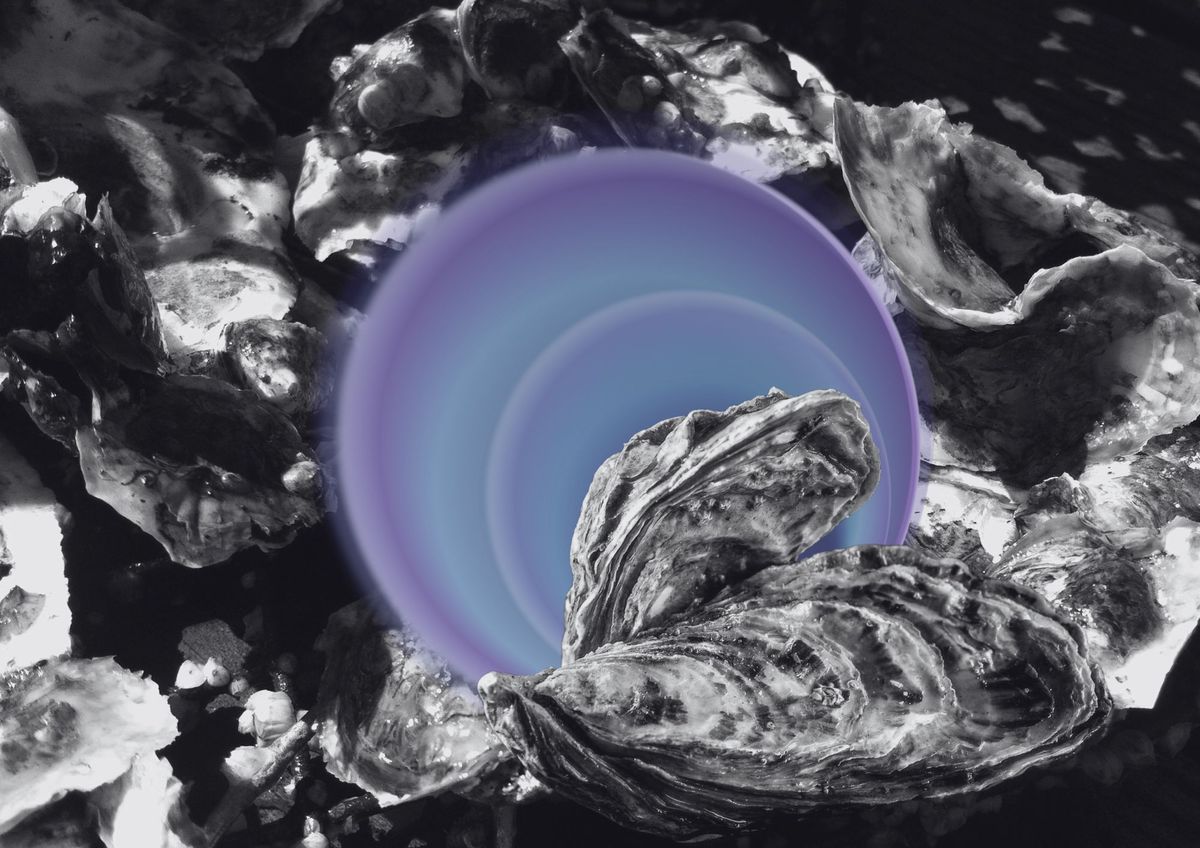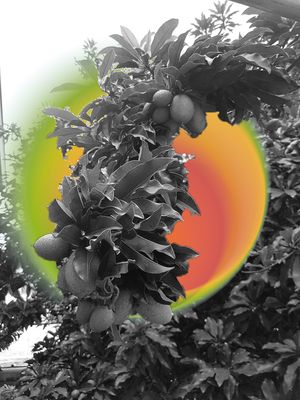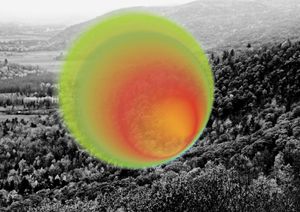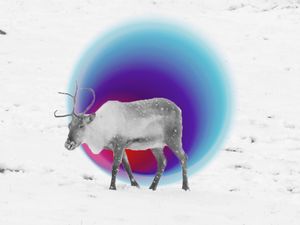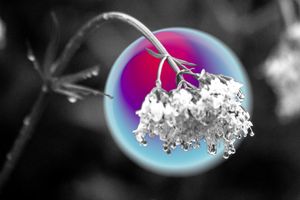Roving reporter Nicola interviewed Eco-warrior Oyster from a newly formed bio-diverse reef of industrious oysters in New York City Harbour.
Hi. I’m the elected representative of my community. I was selected to speak on behalf of everyone. Not because I’m an eloquent speaker, rather ‘cause I can speak human.
I've come here today to communicate what we need from you. We’re calling on everyone to join in the fight against climate change for a better and healthier planet. As eco-warriors we want to support and protect our precious marine life. Together, we need to find a way for us to get on with the job that we’re naturally, organically, meant to be doing.
Oysters are your world, the world isn’t your oyster
Allow me to go back in time. Did you know we oysters used to thrive in the billions in New York City Harbour? It then took just 100 years for you guys to completely wipe us out. To the extent none of us were left. We had completely vanished.
You see, you humans keep screwing everything up!
You don’t understand or appreciate our existence whatsoever. Or even realize how much we can do to help alleviate the current climate crisis. Did you know that oyster reefs have the phenomenal potential for preventing rising water from entering the city and softening the blows of strong waves caused by hurricanes? If you let things continue as is for the next 20 years, New York City will not be equipped to handle future natural events caused by climate change. So rather than destroying our reefs, we’re asking you to go out of your way to help restore and generate more of our communities.
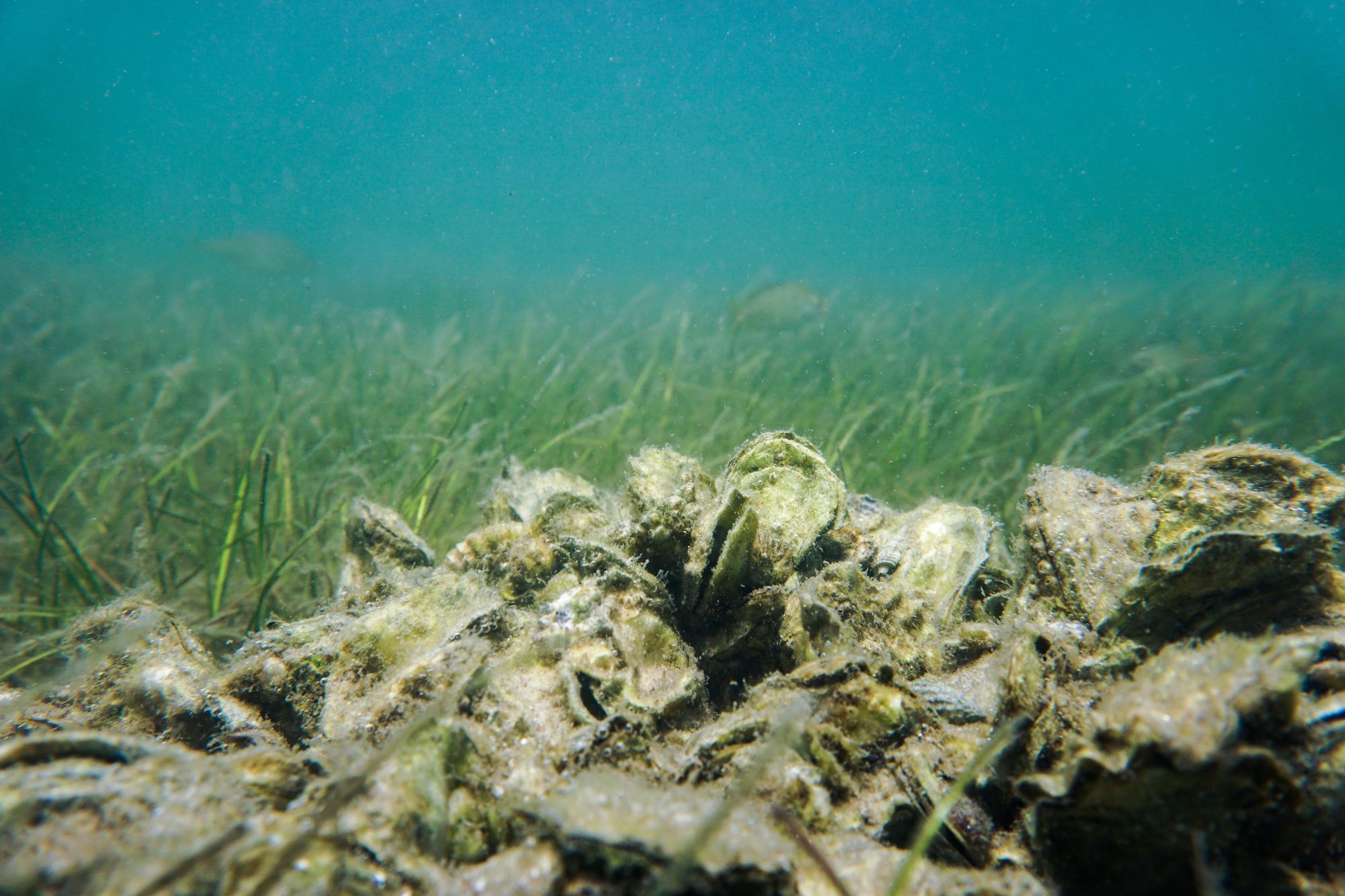
Getting the job done
I go to work every single day. We all do. Believe it or not, adult oysters like myself can filter up to 50 gallons of water a day.
As I eat, mostly algae, water passes through me. Since I need to eat continuously, I keep filtering all the water that I consume along with the algae. So that’s how I end up filtering lots of pollutants through my system and naturally releasing clean water. Think of us oysters as the unrecognized cleaners of the ocean!
Being so porous we retain loads of water within our bodies. And because of being naturally cool we help to generate a cooler marine environment. It’s now being said that having a critical number of us oysters can lower the sea temperature by 10 degrees. celsius. Imagine that! Such a huge opportunity exists before you to regulate water temperatures.
Now just imagine what the marine environment would be like if there were billions of us, cleaning the water, absorbing carbon, helping to generate and protect whole ecosystems! Everything we oysters do benefits the water and our planet. That’s what we do. I like to think of it as our purpose.
Eco-warrior Oyster speaks
Turning the tide
Get involved with our wonderful initiative started by a small group of community scientists and volunteers who are aware of the benefits we bring. They’ve been working tirelessly to repopulate oyster reefs within our Harbour, both as a way to protect the city and to mitigate the consequences of climate change.
So let me tell you how I got here. My brothers, sisters, and I all grew up together in a lab. When we were larvae, around 500 of us attached ourselves to an oyster shell that had been donated and cured for one year so that all bacteria were removed before we were planted on it. As larvae if we’re not able to attach to something we die. Unfortunately, not all of us survived. But once the rest of us had sufficiently grown and managed to create our own shells we were then released into the Harbour where we started to attach to each other, shell to shell.
I would say our reef looks very similar to any coral reef you would find in the ocean, only it’s made up of a string of oysters. Our reef now provides a home for many other species, providing nutrient levels appropriate for different ecosystems to thrive.
Amazingly, there are now 75 million oysters in our community, located at the southern tip of Manhattan right by the seaport. I’m happy to tell you that since our project started, sea horses have come back into the Harbour. Crabs, pike fish, sea robins, and puffer fish have also moved into our structure, finding homes in little holes or crevices between our shells. In this way, we’re able to provide shelter, shade, and protection for so many creatures. Even our poop offers them great nutrients!
You can now see how important it is that we exist in large numbers. Billions of us are needed.
We're very sensitive creatures and get easily overwhelmed. If there's too much noise we simply shut our shells and clam up.
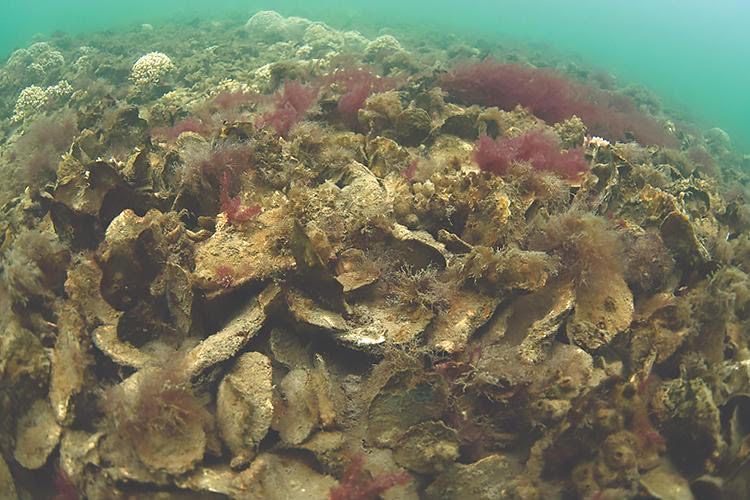
Just like trees we communicate together
We oysters talk all the time, that's how I got elected. We have weekly meetings, if not bi-weekly meetings. And the main thing we’re trying to figure out is how to convince more people to get on our side. The more who are engaged in this project, the quicker we will be able to bring benefits to the ecosystem. But unfortunately we're just not being heard. It feels to us that the vast majority of humans are not yet interested in this kind of collaboration.
As you can see we’re big on communication and we really enjoy communicating among ourselves. It’s almost like we can read each other. Just as trees communicate together, we use our shells to amplify the noises that we create. So we communicate through vibrations, sharing information through our shells as they emit a frequency. It’s more of a feeling or a sensation that we get in our bodies. And we know exactly who the message is coming from. Even if they are many millions of oysters away, we still know whom it’s from.
Eco-warrior oyster was interpreted by
Ondine Janiv, a neuroscience researcher and environmental campaigner. She’s a former New Yorker who lived close to the water in Manhattan and became very excited a few years back when she heard about the Billion Oyster Project. She says, “I was also sad that not many people had heard about it. As a non-profit initiative its goal is to have a billion oysters in the New York Harbor by 2035. But based on the latest reports right now, we have a 50% chance of reaching the 1.5 celsius threshold we've been warned about in the next five years. So we don't have until 2035.”
Ondine believes, “The only way to save the planet is for the vast majority of the population to become emotionally invested. To treat this crisis as though it’s all we have in our lives. And because our lives are at stake and we need to start behaving that way. It really is an endpoint.”
Ondine speaks to Eco-warrior Oyster
I'm sorry that you guys got pulled into this mess. The irony is we're the biggest losers in the long run. I don't understand why it's taking people so long to grasp this. We need you.
→ Randomly tagged
Ondine was invited by Nicola Gale whom she met after plunging in a cold dipping pool at a wellness spa. They chatted about empathy, neuroscience and changing awareness and behaviours towards the natural world.
Cover photo edited. Original by Ancolek1998.

